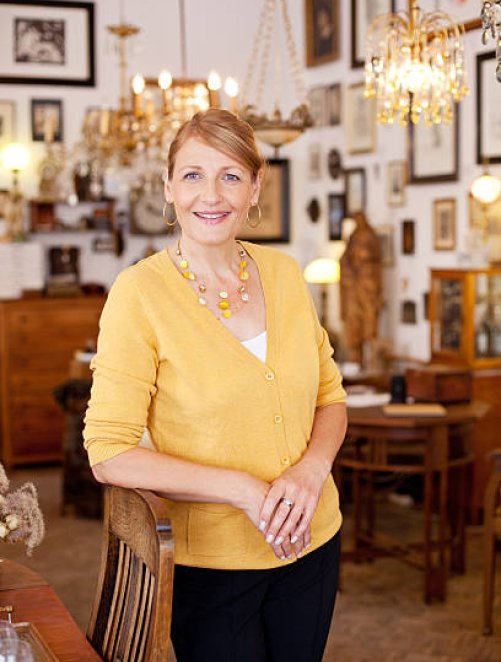



Six Panel Folding Screen
This six panel folding screen comes from the Edo Period. I am not sure who painted/printed it. This is an inherited piece and my dad purchased it many years ago. It’s in excellent condition. It is framed and painted on canvas and includes gold leaf and fabric.
Approx. 109 3/4” x 47 1/4”
Inherited
Yes


Hello,
Your item is a six-panel folding screen that appears to originate from Japan and may be associated with the Edo Period (1603–1868). Screens like these, known as byōbu, were commonly used as decorative and functional elements in traditional Japanese interiors.
The artwork on the screen is an intricate depiction of what seems to be a bustling port scene or town with boats, people, and architectural structures, set against a backdrop of lush landscapes. Gold leaf application and detailed hand-painted elements highlight the luxurious nature of the piece, typical of screens created for aristocratic or wealthy families during the Edo period.
The condition of the screen appears to be excellent, considering its age, and the frame adds an elegant touch for preservation and display. Similar pieces, especially those incorporating gold leaf, can be highly collectible, depending on the quality of the artwork, craftsmanship, and historical significance.
To provide an accurate market valuation, additional details are needed, such as the type of fabric and gold leaf used, and whether there are artist signatures or seals present. If attributed to a specific school or artist from the Edo Period, the value could increase significantly. Based on preliminary visual assessment, a comparable item at auction could range between $5,000 and $15,000, depending on provenance and buyer interest.









